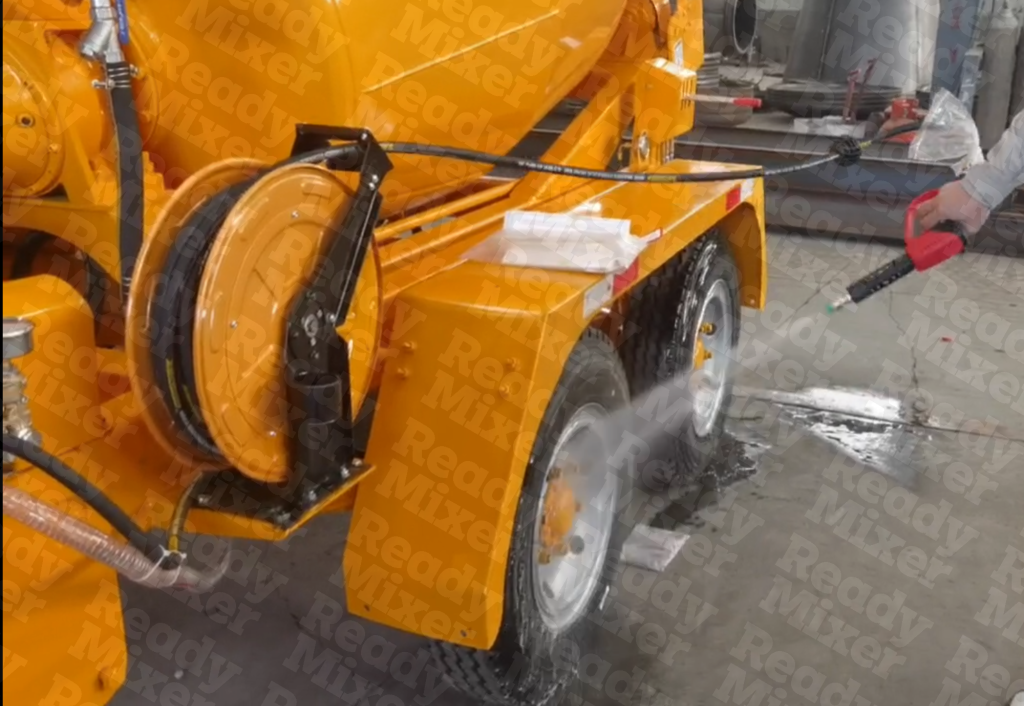Hey everyone,
It’s Daniel from Ready Mixer.
Today I wanted to talk about Truck Ton Rating and the gross vehicle weight of our trailers.
When talking with customers I always get asked what ton truck can be able to tow the mixing trailers.
I always reference them to our spec sheet.
For each trailer, I will break down the dry weight, concrete weight, and gross vehicle weight.
To begin, the concrete weight of 1 cubic yard is about 4,000 lbs.
Our dry weight for each mixer we have is
1 Yard Portable Concrete Mixer on Trailer: 2,800 lbs
1.75 Yard Portable Concrete Mixer on Trailer: 3,300 lbs
3 Yard Portable Concrete Mixer on Trailer: 3,800 lbs
Doing some math our gross vehicle weight for each comes out as this
1 Yard Portable Concrete Mixer on Trailer: 6,800 lbs
1.75 Yard Portable Concrete Mixer on Trailer: 10,000 lbs
3 Yard Portable Concrete Mixer on Trailer: 15,800 lbs
I am not able to tell you that your truck can be able to tow a fully loaded mixer on trailer. Each truck’s towing capacity varies by engine and drivetrain that it has.
It would be best to refer to the manufacturer of your truck to check for the towing capacity specifics of your model.
In general, from the research I have done here are some towing ranges of different trucks:
1/2 ton: 5,000 lbs to 14,000 lbs
3/4 ton: 10,000 lbs to 14,500 lbs
1 ton: 14,000 lbs to 32,000 lbs
Please check with your manufacturer for your given model before you decide to tow a mixer trailer so you can make sure your truck has enough power to tow our trailers.
As always,
Request a Quote
Call: 800-770-3956
Email: [email protected]












